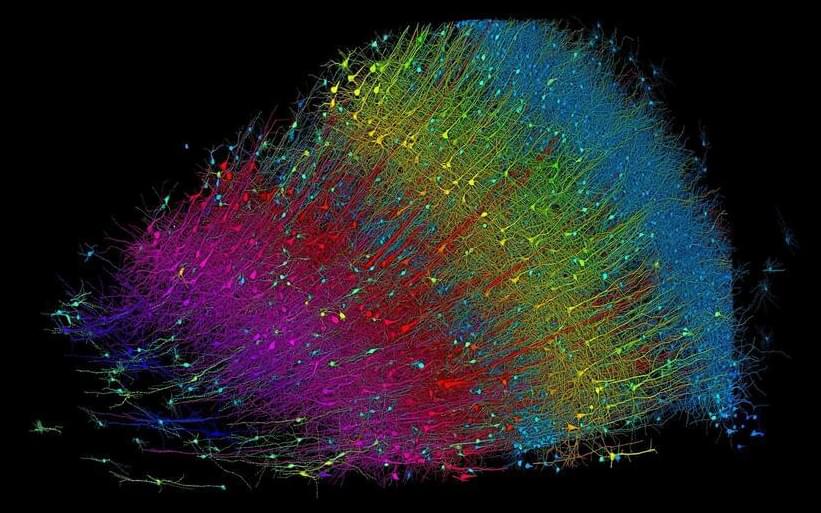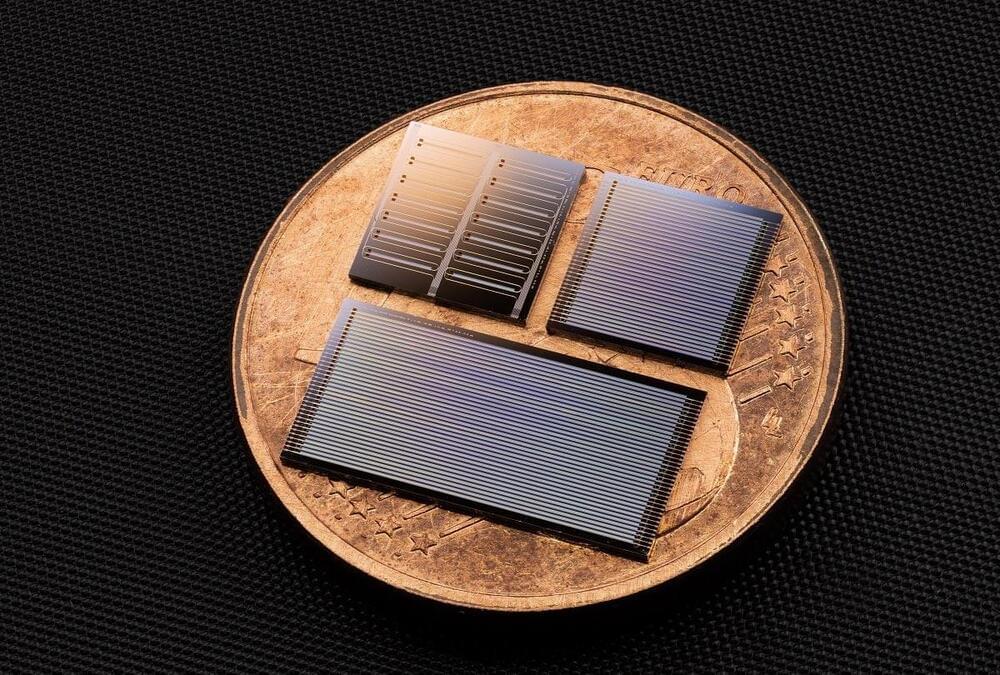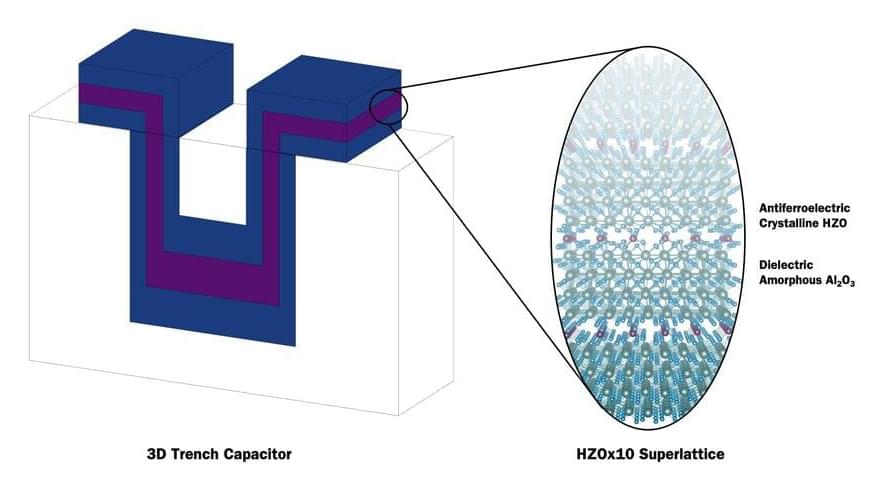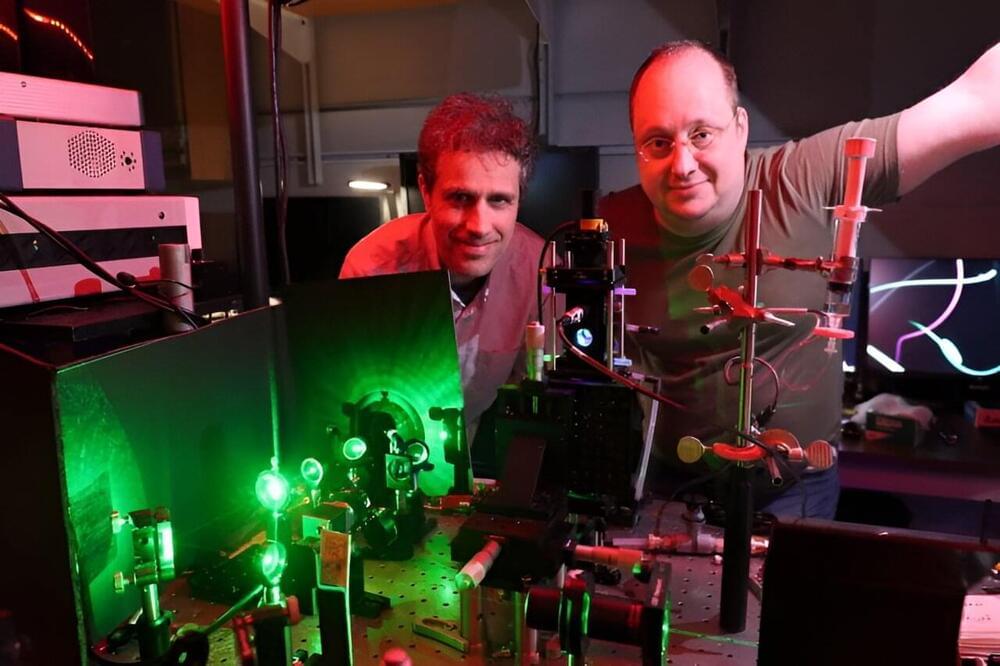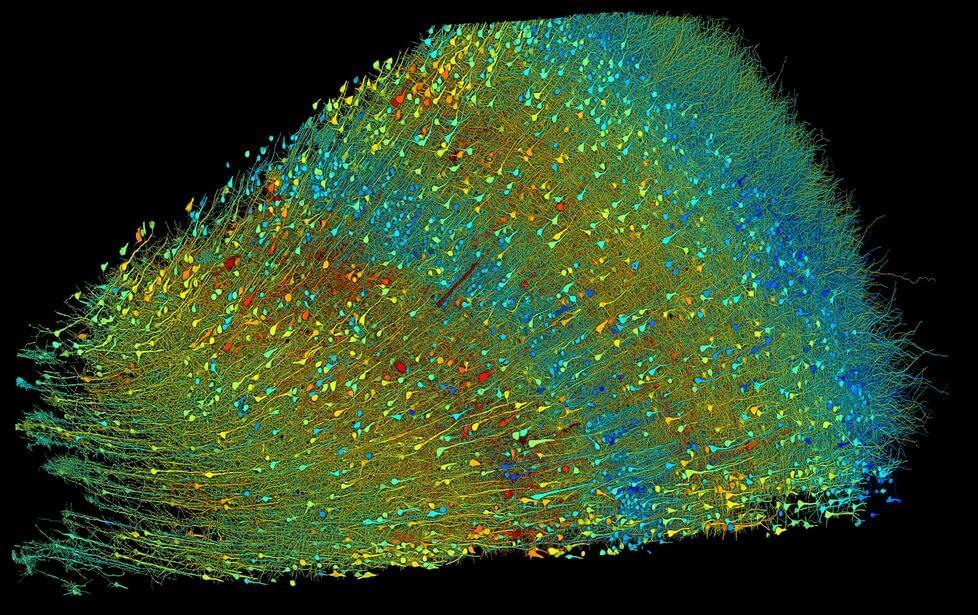Chinese scientists have developed a new type of lens that can be used for health care and augmented reality (AR). Based on radio frequency, the eye-tracking smart contact lenses don’t require battery or conventional silicon chips and are biocompatible and imperceptible.
Set to be used for human-machine interaction (HMI), the smart contact lenses rely on tracking eye movements. The lenses use methods like pupil center corneal reflection and electrooculography (EOG) to track eye movements.



